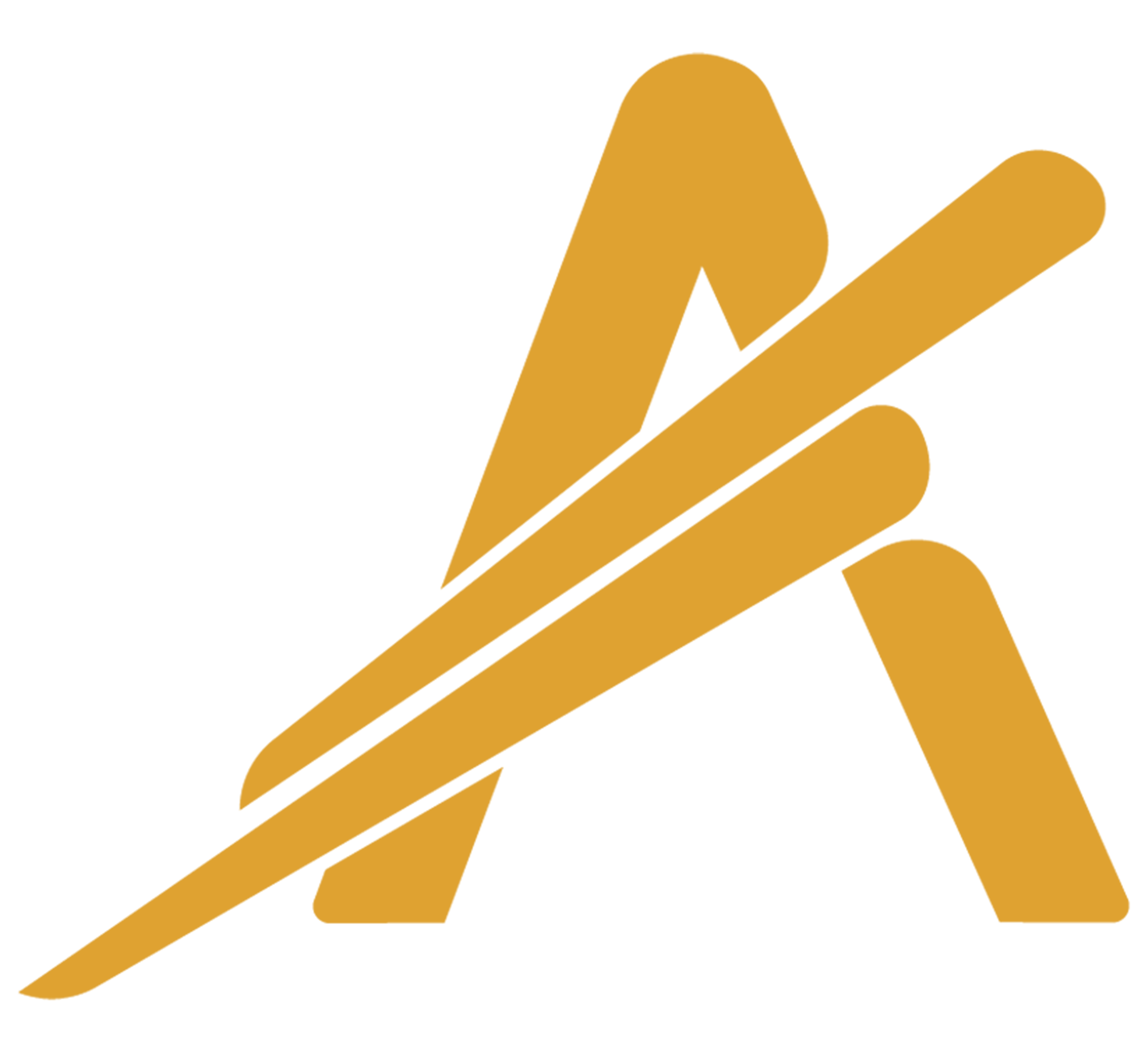The Eye of Horus stands as a timeless symbol where sacred mythology converges with profound mathematical insight. Far more than a relic of ancient Egypt, it embodies a sophisticated understanding of proportions and geometry that continues to inspire modern science and design. From its origins in spiritual protection to its embedded numerical harmony, the Eye reveals how early civilizations wove wisdom into both ritual and measurable form.
The Eye of Horus: From Sacred Symbol to Mathematical Legacy
Rooted in ancient Egyptian cosmology, the Eye of Horus symbolized divine protection, healing, and royal authority. More than a protective amulet, it reflects an early grasp of geometric precision and symbolic representation. Its form—part circle, part triangle—mirrors sacred ratios believed to govern cosmic order. Early numeracy encoded in the Eye’s structure laid groundwork for enduring intellectual traditions, where math and myth were inseparable.
- The Eye’s geometry reflects precise proportional relationships—angles and segments aligned with what we now recognize as harmonic ratios. These aren’t coincidental but echo principles seen in sacred geometry and fractal patterns, revealing a deep, intuitive grasp of mathematical balance.
- Over 2.3 million stone blocks in the Great Pyramid, precisely aligned to celestial markers, parallel the Eye’s structured symmetry. Block count and spatial harmony express an early form of measurable wisdom—where physical construction mirrors cosmic design.
- Ancient dream manuals from 2000 BCE document how symbolic forms, including the Eye’s shape, were used to interpret fate and cognition. Recurring patterns—like the Eye’s form—served as tools to decode subconscious messages, blending numeracy with symbolic prediction.
The Great Pyramid and the Hidden Geometry of the Eye
The Great Pyramid’s design reveals an extraordinary alignment with astronomical cycles, particularly the winter solstice sunrise. At Karnak, temple alignments mark this celestial event with ritual precision, mirroring the Eye’s symbolic role as a marker of renewal and balance. The Eye becomes a metaphor for cyclical time—each alignment a moment when earthly and divine order converge.
“In ancient Egypt, geometry was not merely a tool, but a language of the cosmos—where every block, every ratio, spoke of eternity.”
The pyramid’s block count and spatial proportions echo the Eye’s sacred geometry, demonstrating how early builders encoded cosmic wisdom into stone. This architectural harmony shows that advanced mathematical insight was not abstract, but embedded in ritual practice and cultural memory.
Architectural Alignment: Karnak’s Solstice Mirror and Symbolic Vision
At the Temple of Karnak, the winter solstice sunrise pierces the sanctuary with ritual precision, timed to mark the rebirth of light and order. This celestial event reinforces the Eye’s symbolism: a window into cyclical renewal, where astronomical observation and sacred geometry merge into a living calendar. The Eye thus transcends artifact—it becomes a bridge between earthly measurement and cosmic rhythm.
Dream Interpretation and Numerical Significance in Ancient Manuals
Ancient Egyptian dream manuals reveal how symbols—like the Eye’s distinctive shape—were used to interpret fate and inner wisdom. These texts identified recurring patterns, using them as keys to decode the subconscious. The Eye’s form, repeated across rituals and writings, functioned as both visual symbol and numerical code, linking numerical order to spiritual insight.
- Recurring motifs in dream interpretation mirrored the Eye’s geometric symmetry.
- Symbolic shapes encoded numerical relationships believed to influence destiny.
- Patterns acted as intuitive mathematical tools, blending numeracy with myth.
The Eye of Horus as a Bridge Between Ancient Math and Modern Understanding
The Eye of Horus remains a powerful bridge between ancient wisdom and contemporary science. Its proportions resonate with modern principles of fractals and harmonics—structures found in signal processing, wave dynamics, and sacred geometry. These timeless ratios reveal a universal language of balance, where ancient insight still informs cutting-edge research.
| Mathematical Aspect | Sacred Ratios (e.g., 2:1, golden proportion) | Used in pyramid alignment and fractal patterns |
|---|---|---|
| Spatial Design | Block count: 2.3 million, precisely arranged | Mirrors measurable wisdom of early civilizations |
| Symbolic Geometry | Eye shape encodes harmonic angles | Links to modern harmonic analysis and sacred geometry |
Beyond the Product: The Eye of Horus in Cultural and Intellectual Heritage
The Eye of Horus is more than a historical artifact—it is a living symbol of intellectual achievement rooted in cultural context. It teaches how early civilizations embedded sophisticated mathematical and cosmological knowledge into myth, ritual, and architecture. By studying this symbol today, we uncover how wisdom was preserved and transmitted across generations.
Takeaway: The Eye invites us to see mathematics not as cold abstraction, but as a language of meaning—where every ratio, alignment, and pattern carries echoes of ancient insight still shaping modern discovery.
For a deeper exploration of the Eye of Horus and its legacy, visit Eye of Horus mit Bonus!—where the ancient meets the modern with clarity and purpose.


